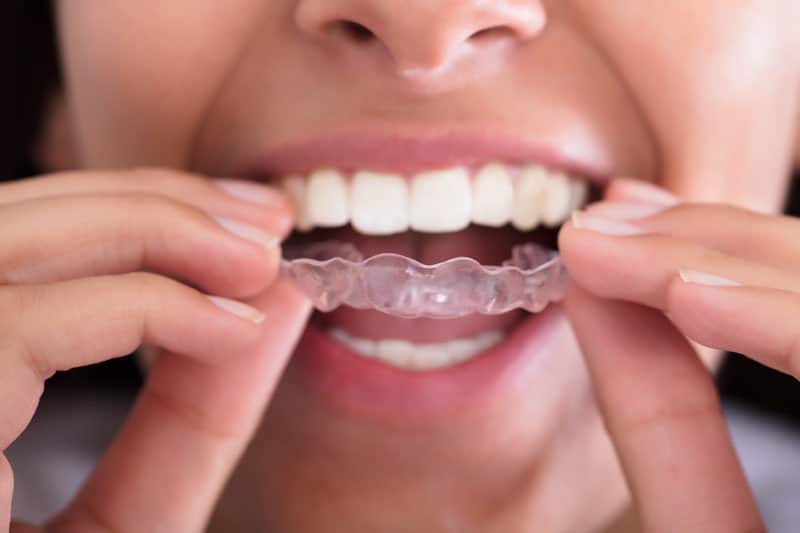knowledge for peace of mind
Have you noticed your teeth are shifting position?A clear retainer is an appliance to stop this movement–whether you’ve never needed braces or you’ve had the full orthodontic treatment…
what is a dental retainer?
A dental retainer is an appliance that is fabricated to hold teeth in their current position so they don’t shift over time. A retainer is often utilized after orthodontic care (braces/clear aligners), but can also be worn by patients who have noticed some shifting of their teeth and want the process to stop. Sometimes, after an injury has loosened a tooth, a retainer is used to splint the teeth.
symptoms
you might need
a retainer …
It’s a very common scenario. You spent years straightening your teeth, only to find them shifting out of position. Or you’ve only just finished your straightening process and want to avoid the above situation. Or perhaps you were unlucky enough to have a tooth loosened through an injury… This is where a retainer can be fabricated custom to your mouth and teeth to stop the unwanted movement in its tracks.
- if you have completed orthodontic treatment and want to ensure the teeth do not shift
- you’ve noticed your teeth shifting and would like to stop the process
- an injury has caused some looseness in your teeth
what to expect during the dental retainer process
Having a custom retainer created typically involves two appointments at our office. Read on for timings and how to prepare.
At your first visit
The dentist will make measurements in your mouth as well as take impressions of your teeth and record the data.
These records will be sent to a professional laboratory for fabrication of your appliance.
At your second visit
Once your retainer has been made and delivered to the office, you’ll return for a fitting. The fit will be assessed and adjustments made as needed.
advice & tips
No more metal mouth
You may have had a metal retainer when you were younger–but things have changed a lot since then. The modern retainers are clear and hard to detect visually! They are removable for eating and other situations where a retainer wouldn’t be ideal.
aftercare
after you start wearing your retainer…
To ensure the best outcome for the procedure, it is important to:
- Include cleaning your retainer in your daily hygiene routine. We will advise you on the best ways to clean, treat and store your mouth appliance.
- Practice the recommended oral hygiene measures–brush twice a day with a fluoride toothpaste and use good flossing techniques.
- Visit the dentist for cleaning and checkups regularly.
You may notice…
It is important to let your dentist know if the retainer is causing any discomfort or issues after wearing. It’s not uncommon for patients to require minor adjustments after beginning regular use.
retainers faqs
answering your questions about retainers…
Do I have to wear a retainer all day?
This depends on your circumstances. Often if it’s just to restrict shifting, you will only need to wear it when you’re sleeping.
If it’s to splint a tooth or teeth after injury, we’ll discuss how long the appliance should be worn.
Do I have to clean a retainer?
Yes, retainers are breeding grounds for germs without the proper attention. You can brush them with your toothbrush, but skip the toothpaste as it will get caked in the retainer. Disinfect with water and antibacterial soap. Do not let your retainer sit in water to soak.
Have more questions? Please call us at 480-608-5444 or email us and we’ll be able to talk you through the process.



